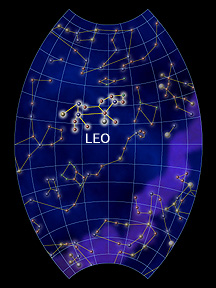The Constellation Leo, the lion
Click on image for full size
Leo
Leo, the Lion, is a very majestic feline. Leo's head and mane are
formed by an asterism known as the Sickle which looks like a backward
question mark. One of the brightest spring stars,
Regulus (Latin for
"little king"), is at the base of the question mark. The rest of
Leo's body, legs, and tail extend to the east.
Leo harbors a group of galaxies, including two spirals (M95 and M96) and an elliptical (M105), in its central
region. With binoculars, the cores of the spirals, but
not their faint arms, can be distinguished. M105 appears only as a
faint oval-shaped glow. Under the hindquarters of Leo, a spiral
galaxy (M66) can be observed. It is nearly face-on, looking like an
ethereal galactic pinwheel.
During the dry season in ancient Egypt, the lions of the desert came
close to the valley of the Nile when the river flooded, which used to
happen when the Sun was in Leo. Some have interpreted this as the origin
of the name of the constellation. The ancient Sumerians, Babylonians,
Persians, Syrians, Greeks, and Romans, all recognized this constellation
as a lion. It was seen as a horse in the ancient Chinese zodiac, and
possibly as a puma in Incan lore.
Leo is visible from February through June. Cancer sets to the east and Virgo is to the west. Hydra and Crater are below.
You might also be interested in:
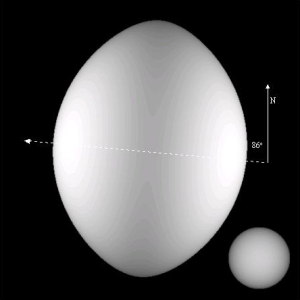
What's in a Name: Latin for "Little King" Claim to Fame: Rotates so quickly (about 700,000 miles per hour at its equator) that it is shaped like a bullet! Type of Star: Blue-white Main Sequence Star How
...more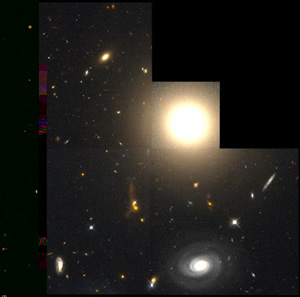
Elliptical galaxies are generally egg-shaped. If you have the chance to see one through a small telescope, it will probably look just like a fuzzy smudge to you, a piece of lint. But it is really formed
...more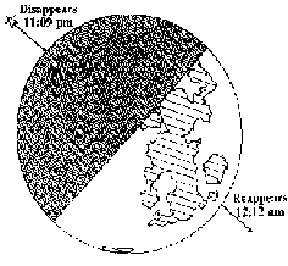
An occultation of the star Regulus can be seen on May 21-22, 1999. A repeat of such a spectacular event will not occur again until the next century. Most of the United States, Mexico and Canada will have
...more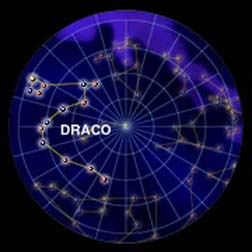
Draco the dragon is a circumpolar constellation, which means it revolves around the celestial North Pole. It can be seen all year round. Draco can is only present in the Northern Hemisphere, so those
...more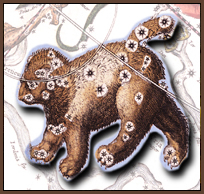
Many different constellations fill the evening sky in the northern hemisphere. Depending on your location and the season, different constellations can be seen. Northern circumpolar constellations can be
...more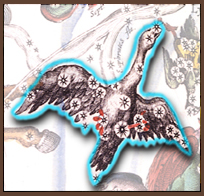
Many different constellations fill the evening sky in the southern hemisphere. Depending on your location and the season, different constellations can be seen. Southern circumpolar constellations can be
...more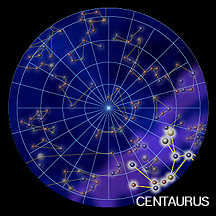
Below the stars of Hydra, the sea serpent, and Scorpius, the acorpion, you can find the half-man, half-horse creature, Centaurus. He faces east holding a lance-like pole which he is using to kill Lupus,
...more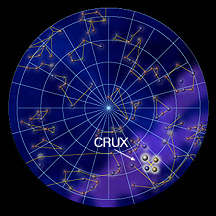
If you live in the Northern Hemisphere, you must be south of latitude 30 degrees to begin observing Crux, one of the smallest, but most easily recognized constellations in the sky. Crux lies along the
...more


